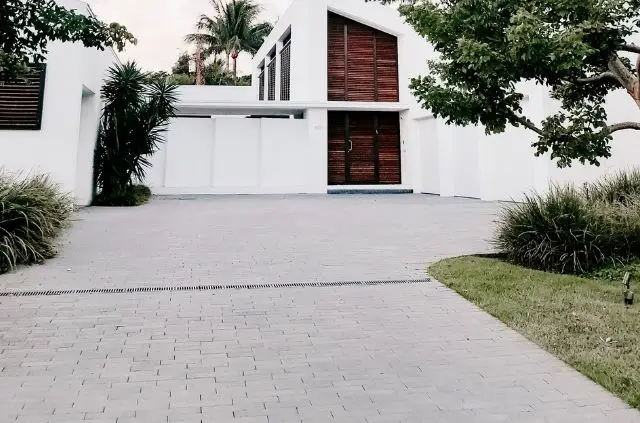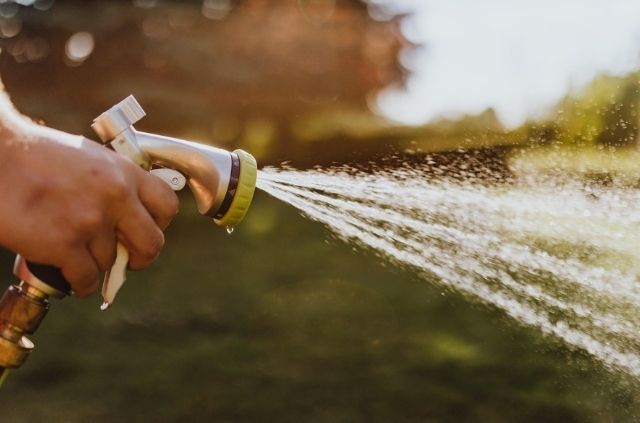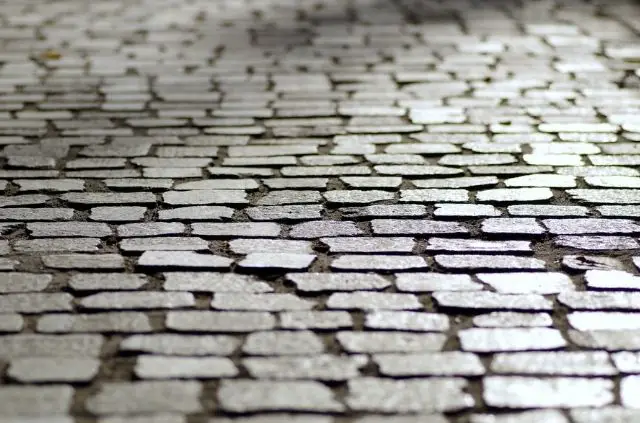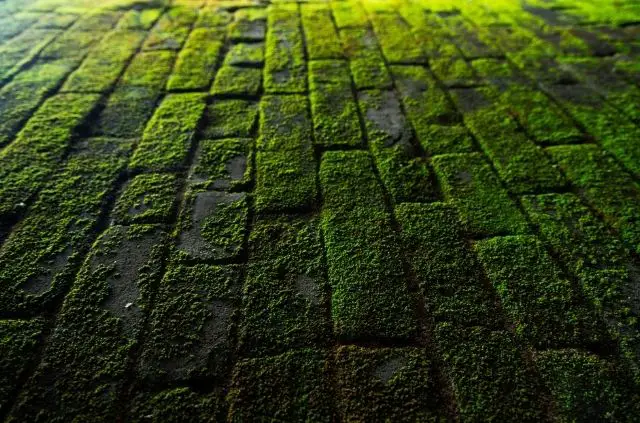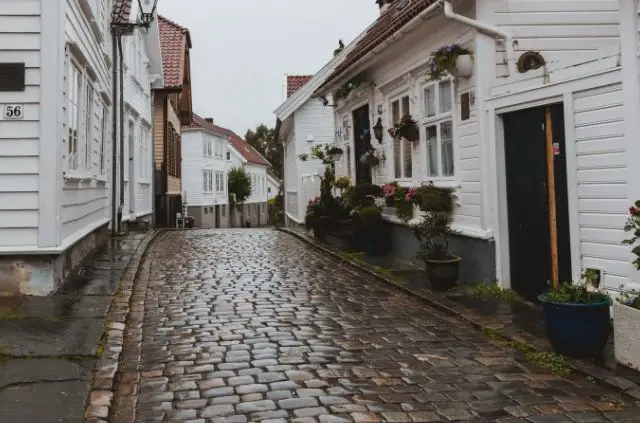Can Pavers Be Installed Over Concrete?
Pavers can be a great solution if you want to improve the overall look of your outdoor patio. These blocks are made from natural stone and they have a much better finish than other materials. Sometimes you can even install pavers over existing concrete. In this article we will answer the following question: can pavers be installed over concrete?
Pavers can be correctly installed over concrete given this layer is in good condition and you follow the proper steps. If the concrete is cracked or damaged, the pavers will not be able to stay level on the surface. That’s why you need to make sure the ground is smooth, before beginning this project.
Things to Consider
Putting pavers down on concrete isn’t the best solution for everyone. You might have an existing concrete slab that’s in poor condition and should be removed altogether. Here are a few reasons why you might want to reconsider installing pavers over concrete.
Paver Height
If you’re planning to lay down pavers over an existing concrete patio, you need to factor in the height. Pavers can be 2-4 inches tall, which means that your patio will be taller once the project is finished.
Normally a paver patio will be level with the ground, because dirt gets removed in order to make space for the blocks. You don’t have this ability if you plan on installing pavers over concrete and you will have an elevated surface.
Drainage
It’s important to make sure the concrete is level, before putting down any pavers. If the surface is uneven you will have a problem with drainage and will experience puddling water in certain sections.
The patio should have a slight downward slope to allow rain water to properly drain. If the existing concrete is flat you will have stagnant water spots. One solution to this problem is to drill holes in the concrete for water to drain into the ground.
Weight limitations
One of the biggest concerns when it comes to installing pavers over concrete is the weight limitations. These blocks normally sit on gravel, sand, or dirt. All of these materials provide give when weight pushes the paver slightly into the ground.
This will be fine for normal use on patios, but it won’t work on a paver driveway. Cars are too heavy and they will break the pavers when contact is made with concrete.
How to Install Pavers Over Concrete
If you’re looking to install pavers over concrete it’s important to follow the correct method. Ignoring crucial steps will leave you with questionable results that won’t last long. You will need to set aside at least half a day, if you want to follow all of the steps below and get the job done right.
1. Wash the Concrete
It’s important to wash the concrete before putting down any pavers. You want to remove as much surface dirt as possible to avoid working on a contaminated surface. Even the smallest amount of dirt will impact the pavers, as they won’t be able to lay evenly on the surface. Begin by sweeping, or using a leaf blower to remove dirt and leaves.
Then you can use a surface cleaner to wash the concrete layer. This device gets attached to the end of a pressure washer and it’s the best tool for cleaning flat outdoor surfaces. A surface cleaner will remove and mold, mildew, and stains on the concrete. You will need to remove any contaminants before moving on to the next step.
2. Install the Pavers
Once the concrete has been thoroughly cleaned with a pressure washer, it’s time to install the pavers. The best method for laying down pavers is to start in one of the corners of your patio and work your way out. It’s important that you stick to a pattern so the design can stay consistent. A random placement of pavers can look sloppy.
It also helps to map out your pattern on a piece of paper before you start. This tip will keep you on track and it will prevent you from getting confused during the installation process. It’s okay if the pavers move slightly when you walk on them at this point. The next step will secure them in place and make them safe for people to walk on.
3. Put Down Sand
When you have placed down the last paver block, the next step is to secure them in place. Even if the pavers look completely flat at this point, you will still notice some movement when stepping on them. Pavers are not perfectly flat due to small imperfections on the bottom of the pavers during the manufacturing process.
The only way to fix this problem is to apply polymeric sand across the patio surface. This is a material used in building that helps fill gaps between the paver joints. There will naturally be empty spaces and these areas need to be filled. Polymeric sand is much more fine than regular sand and it will prevent the pavers from shifting during normal use.
4. Apply a Sealant
At this point you should remove any polymeric sand left on the patio surface. You don’t need to use all of it, so the remaining material can be cleaned with a broom or leaf blower. By now the pavers will be secure, but they still need to be protected. The last and final step to installing pavers over concrete is to use a sealant.
A high quality paver sealant will enhance your patio and it comes with many benefits. It’s low maintenance because it can actually prevent weeds and grass from growing in between the paver joints. But it also helps repel oil, grease, and other stains. A sealant can be great at preserving the color of your pavers by protecting the surface from UV rays.
Don’t Neglect Maintenance
To get the most out of your patio, it helps to get on a consistent maintenance schedule. This will keep your pavers in good shape and help them last a long time. You should get in a routine of cleaning your pavers twice a year – once in the fall and again in the spring.
This will prepare your outdoor living area for the winter and clean it up before the summer. You can check the layer of sealant once a year to ensure that the pavers are still protected. Depending on the climate you live in, this layer might break down faster from harsh winter weather.
It’s also important to clean your pavers on a regular basis. Most patios will have some degree of shade and moisture, which is a perfect setting for mildew to grow. Keep an eye out for any of this organic growth and make sure to remove it with soap and a brush as soon as possible.
Final Thoughts
This article began with an important question: can pavers be installed over concrete? Where you learned that it’s perfectly okay to place these blocks over an existing layer of concrete – given the conditions are right.
The concrete not only needs to be in good shape to do this project, but you also need to prepare the surface before installing the pavers. This includes removing surface dirt, putting down sand, and applying a high quality sealant.
Further Reading
Search Terms
- Can pavers be installed over concrete?
- How to install pavers over concrete

